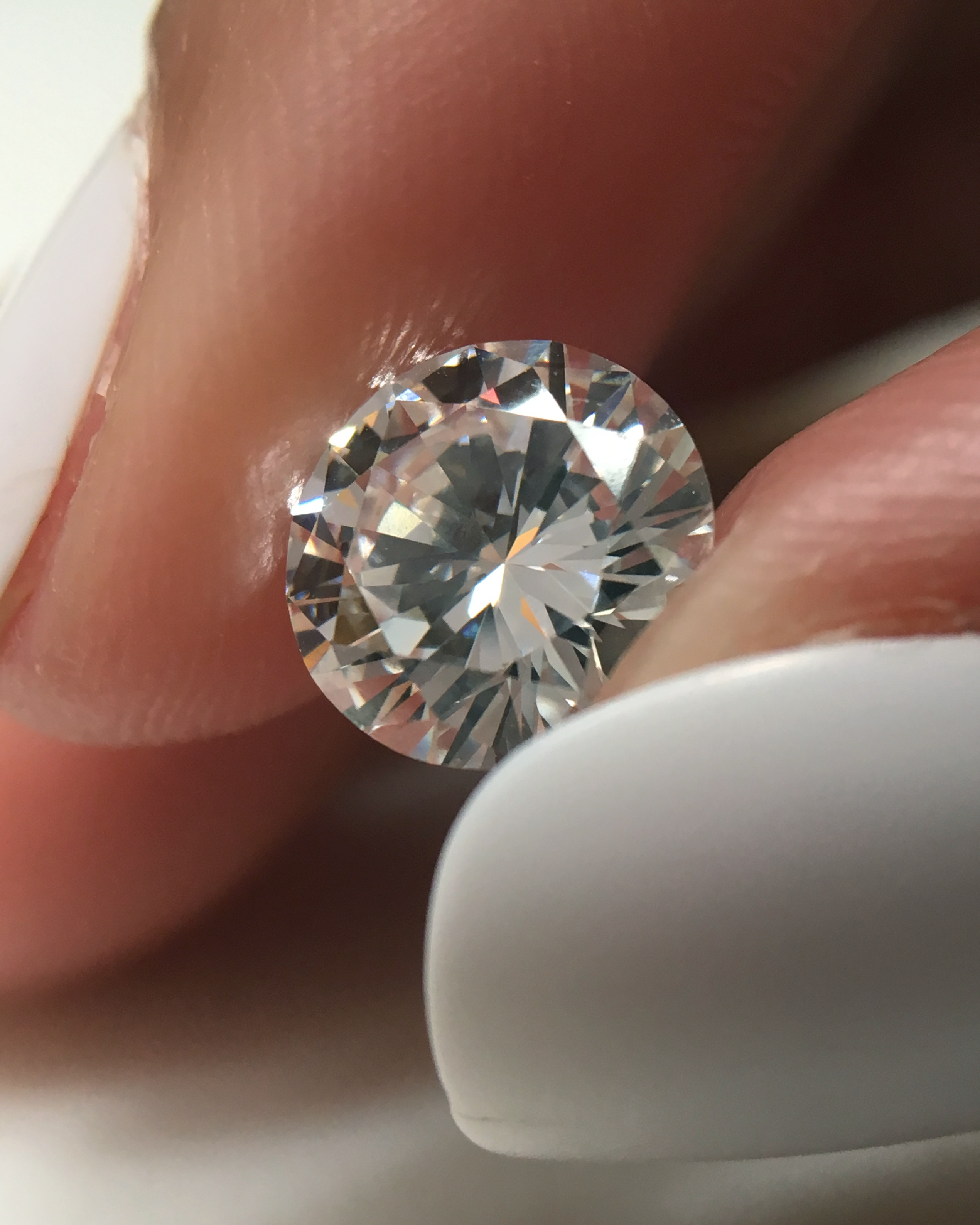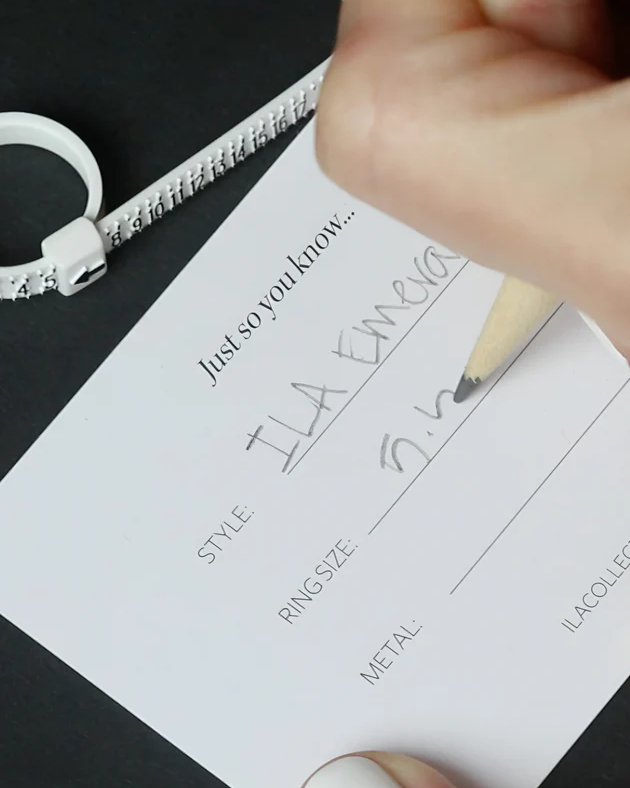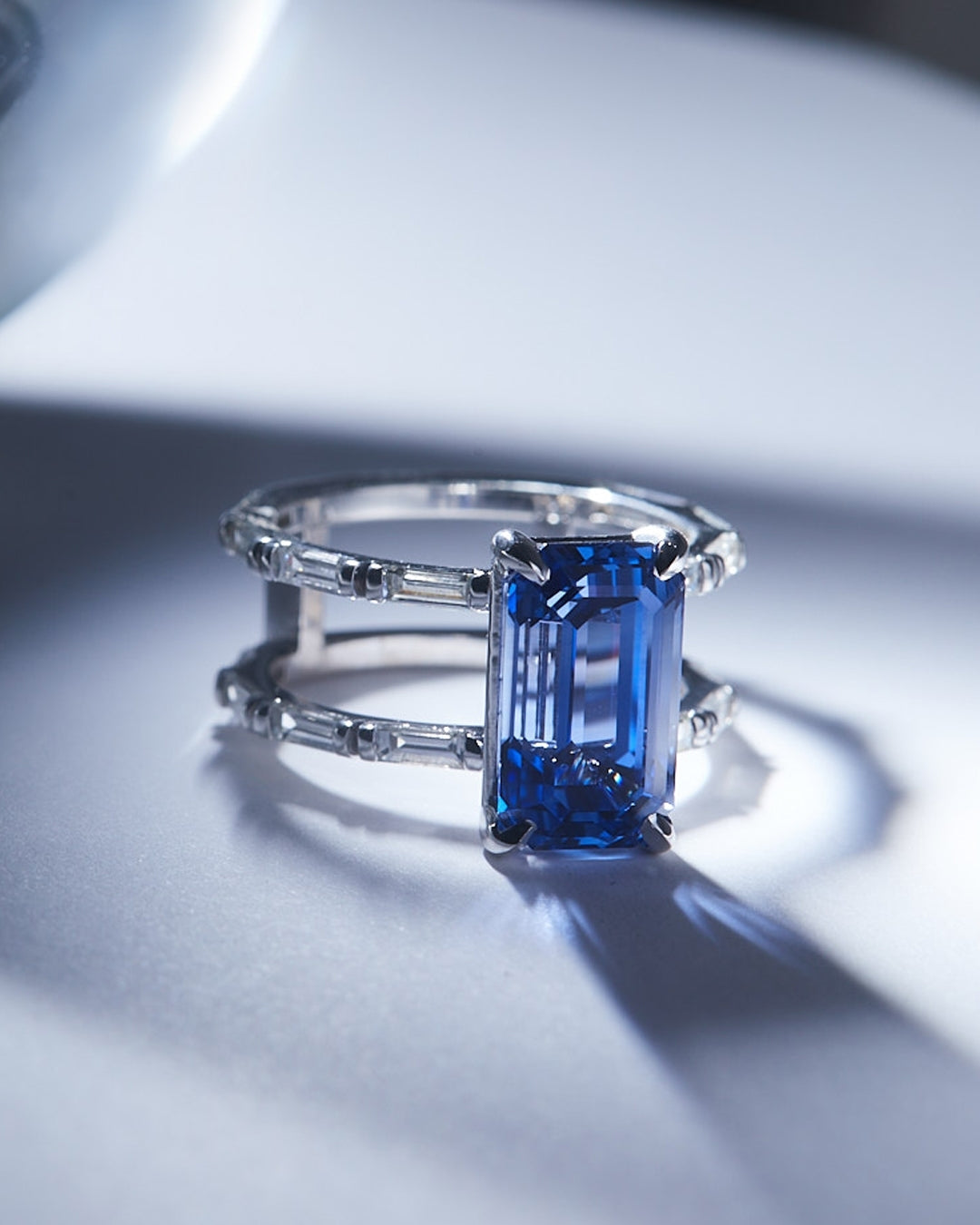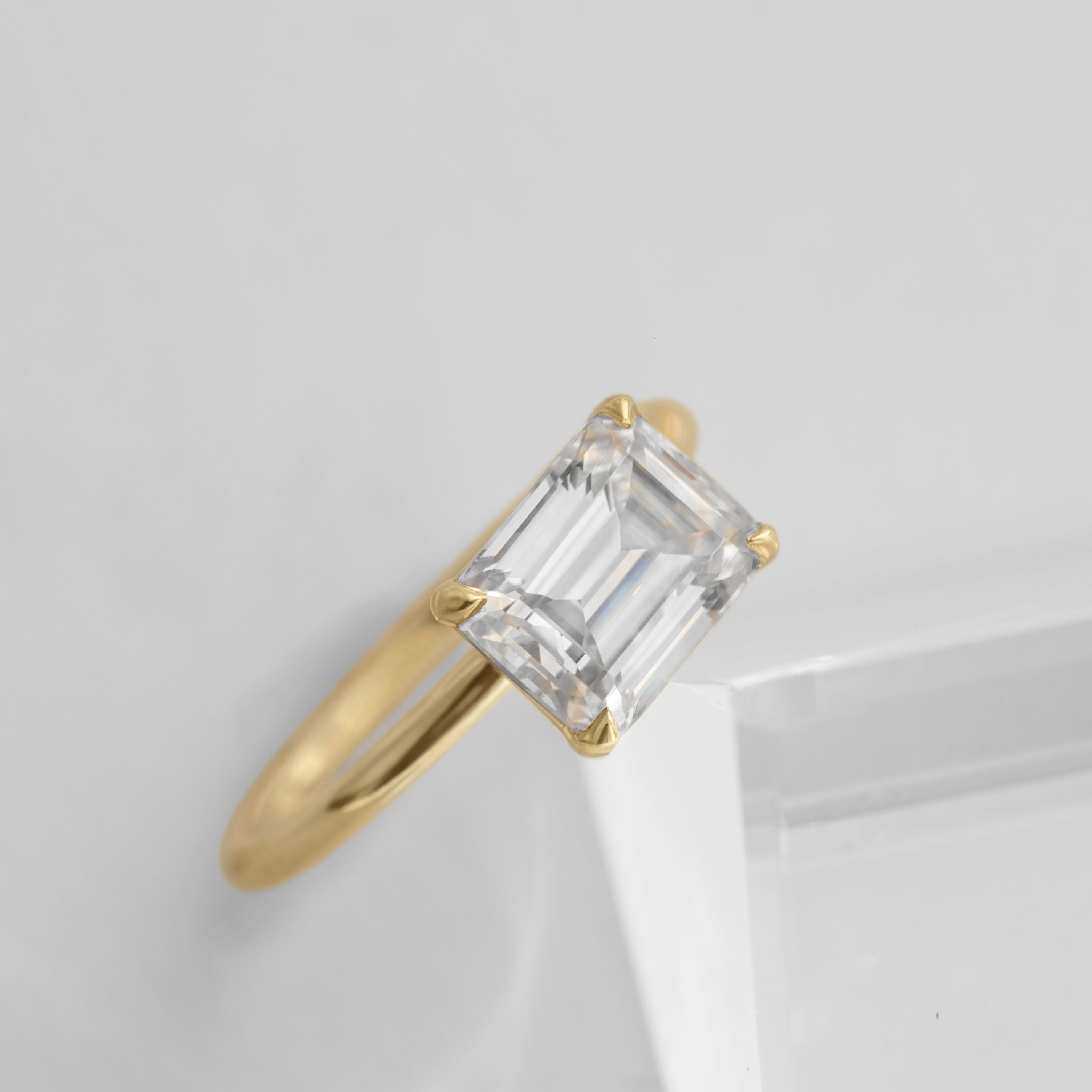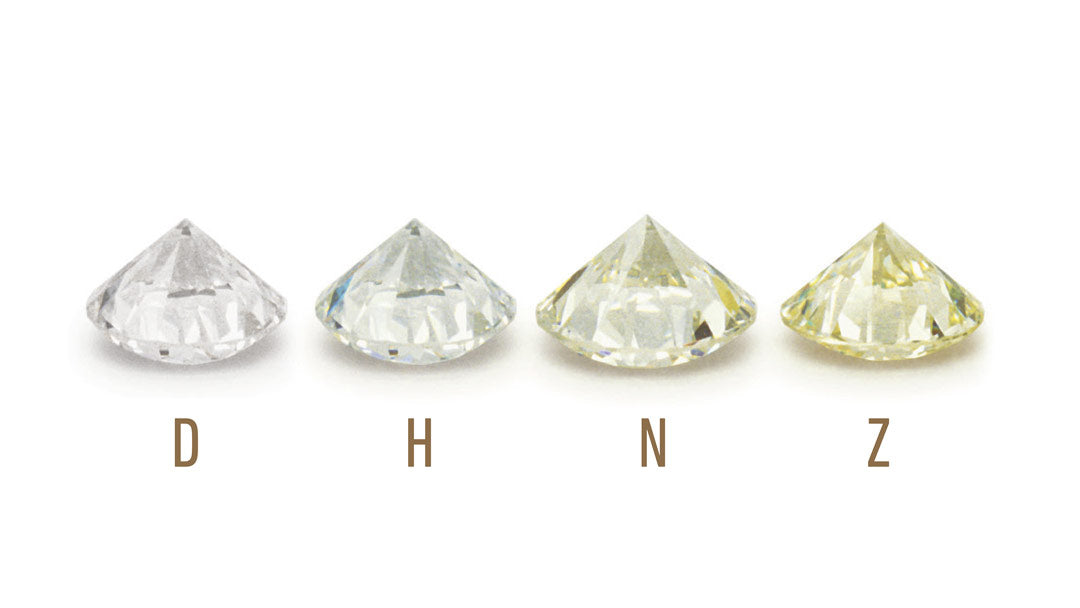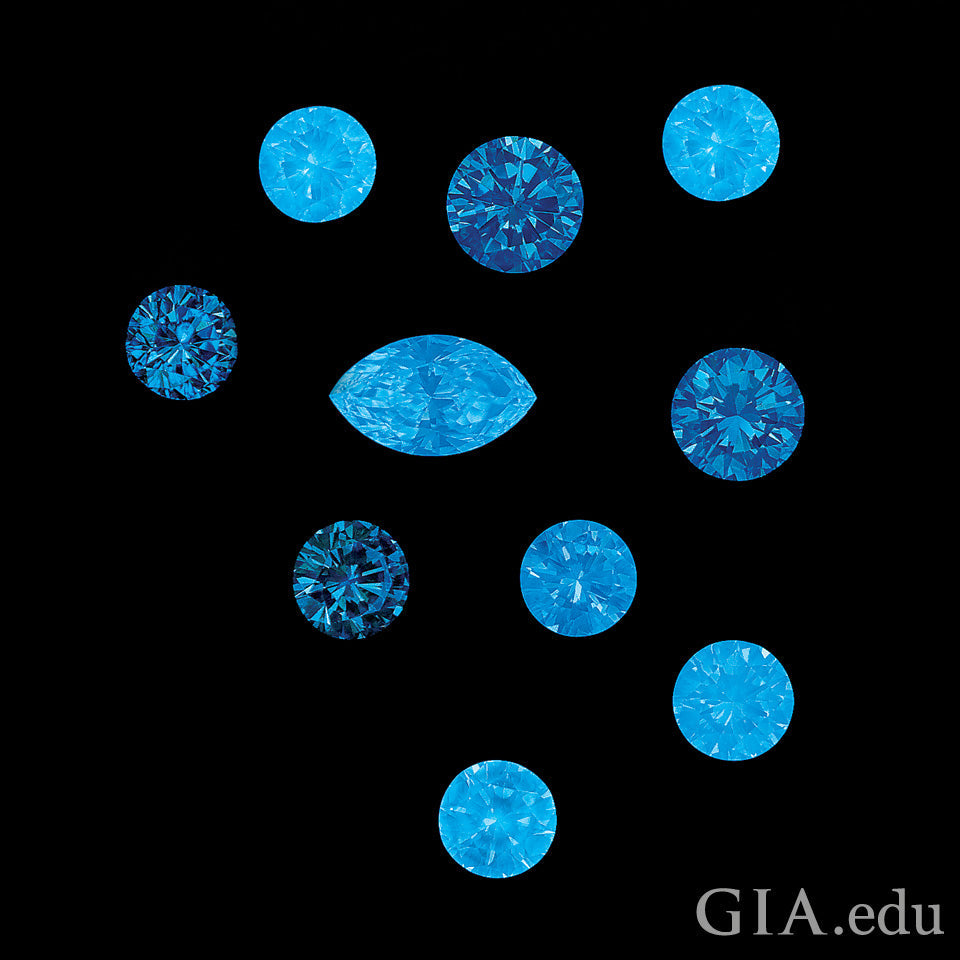
Does fluorescence affect a diamond's color?
Often, you will come across the question whether diamond fluorescence is good or bad. Before we get to that, let us understand what fluorescence is.
Fluorescence refers to the diamond’s tendency to glow when exposed to ultraviolet (UV) radiation from sources like black lighting, fluorescent lamps and natural sunlight. About 35% of gem-grade diamonds emit fluorescence. Most of them fluoresce in varying degrees of blue, but other colors like yellow, orange, pink, and white are possible too. Usually, the diamond stops fluorescing when the source of UV light is removed. In some rare cases, the glow remains visible, and it’s called phosphorescence. All reputed laboratories mention the degree and color of diamond fluorescence in their reports. For example, GIA describes the intensity using the following scale:

GIA Fluorescence Gradings: None, Faint, Medium, Strong and Very Strong
Now, many people in the trade think that fluorescence significantly affects diamond color. Which is why it also ends up affecting diamond price.
For example, it is believed that blue fluorescence enhances the color of diamonds that are between the I to M color grades. Bluish fluorescence cancels out some of the yellowish tint and the diamond appears up to one grade whiter. As a result, I-M diamonds with a very strong to medium bluish fluorescence may sell at a slight premium.
On the other hand, fluorescence in D-H diamonds is often considered as a defect. Traders think that a very strong fluorescence causes a hazy or oily appearance in the diamonds. However, not all of them appear hazy, and they may still sell at up to a 15% discount. Simply put, the major benefit of buying a higher-grade diamond with fluorescence is that they may cost less even when fluorescence does not affect its color.
The truth is fluorescence has a negligible effect on the face-up appearance of diamonds, except in the rare instances of very strong fluorescence. To sum it up, fluorescence should not be a major factor in the purchase of a diamond. Just be sure to check D-H diamonds with strong fluorescence, since they hardly possess any body color to cancel out the milky or oily appearance, if any.

